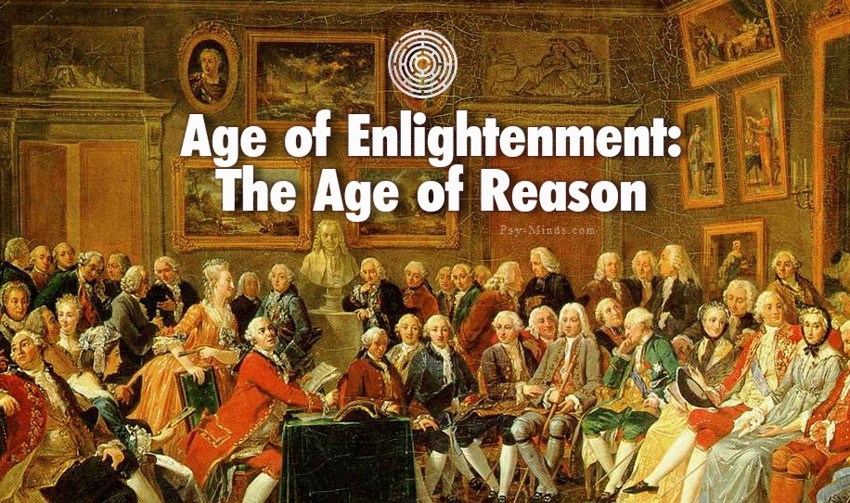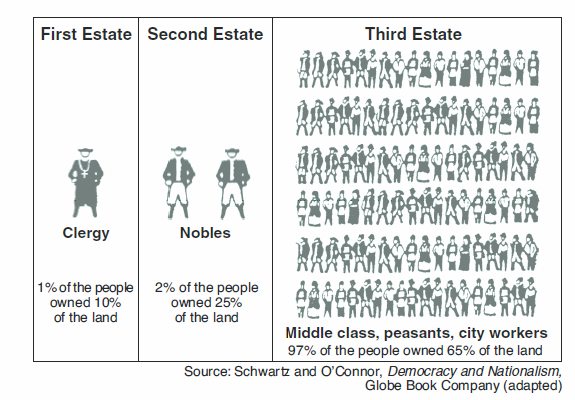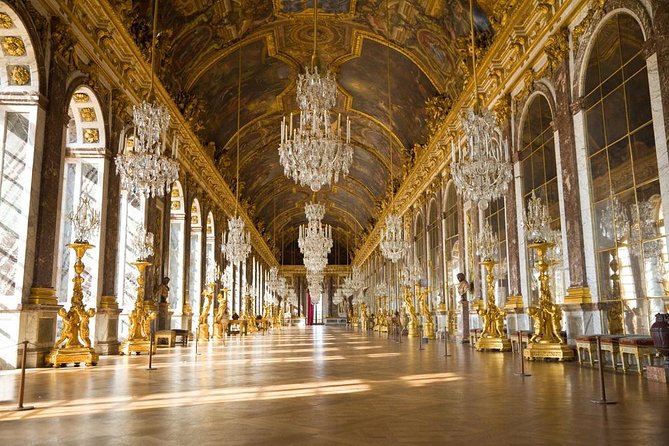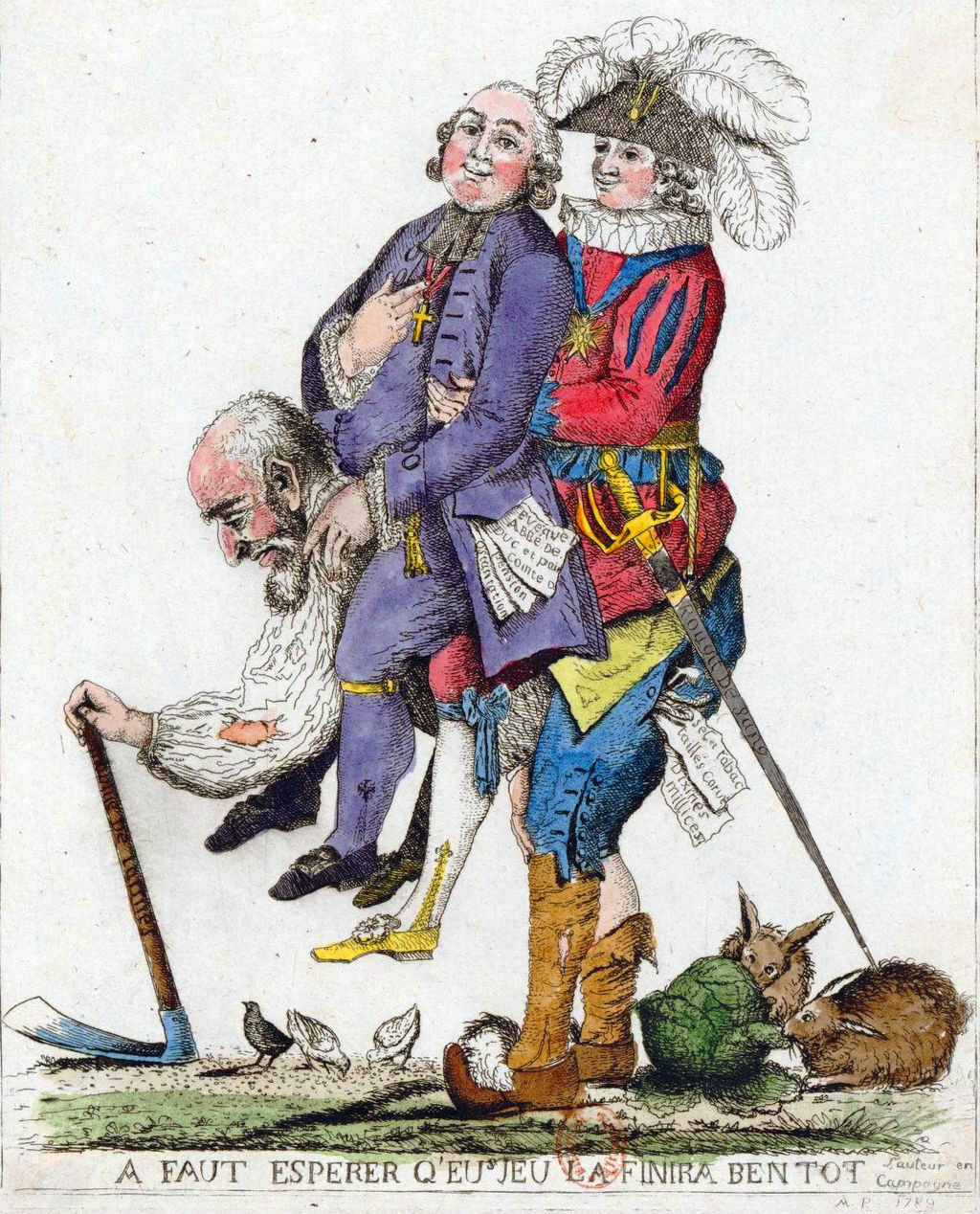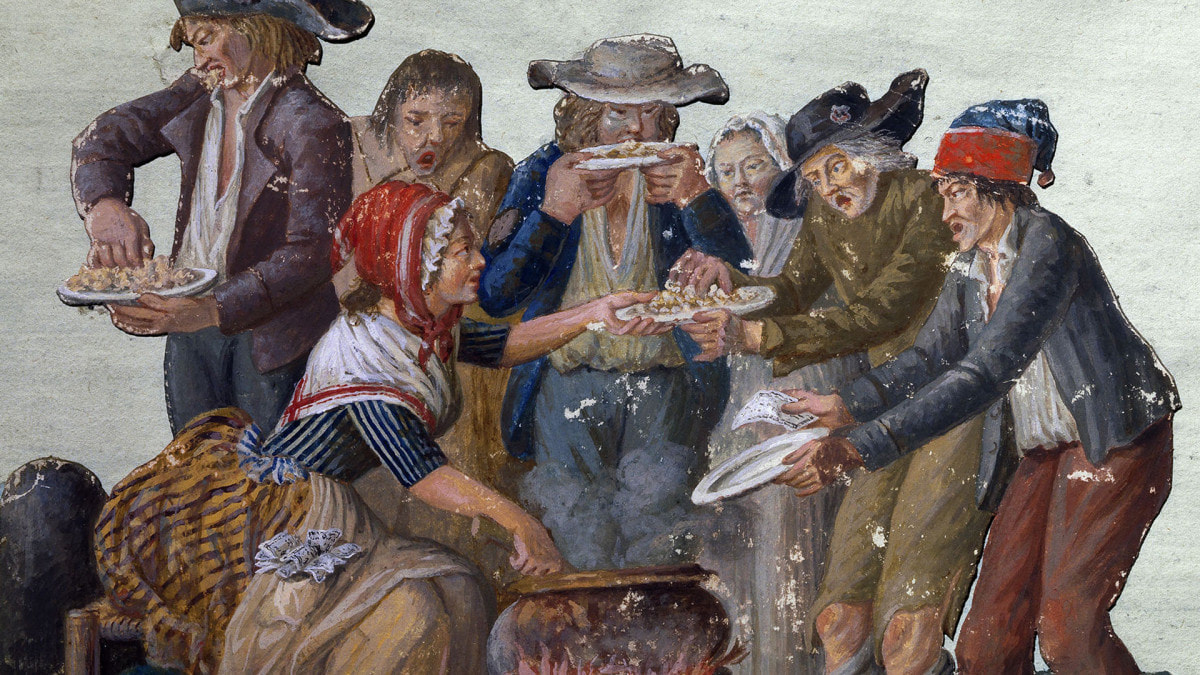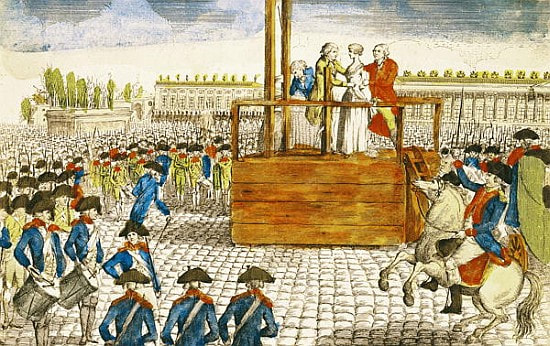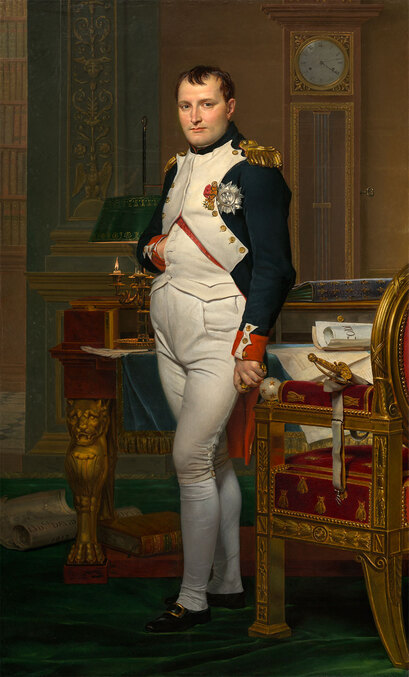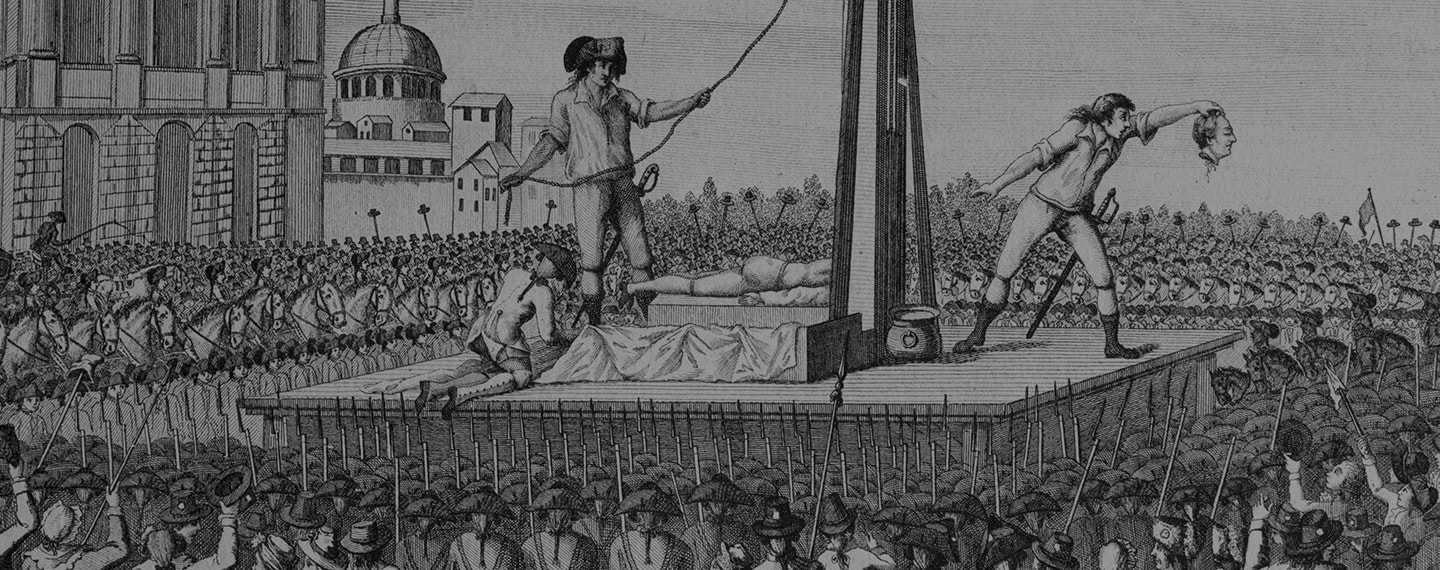Directions- Use the information and videos to learn about the French Revolution. Make sure you click on all the red links and only watch the parts of the video required. Remember that if you don't finish this in class, you will need to finish it at home before next time class.
What and When
The French Revolution was a movement by the peasants of France to overthrow a corrupt monarchy and replace it with a new democratic society. The revolution was quiet complicated- overall there were 5 different governments and 3 Constitutions within 10 years.
1789-1799
1789-1799
Causes of the Revolution
There were multiple causes of the French Revolution, both prior and immediate causes. The differences between these 2 types of causes are:
- Prior causes- Also known as long-term causes and underlying causes. These are causes which can stem back many years.
- Immediate causes- Also known as short-term causes. These causes happen close to the moment the change or action happens. These are the sparks that light the fire.
|
Prior Causes
Enlightenment Ideals People began to question the things they had always been taught, including the idea that a king had a divine right (ordained by God) to rule his people, and that he had no direct responsibilities toward the people, only to God. They began to believe that they had the right to demand certain things from their king, including equality and human rights. The American Revolution was based on these Enlightenment ideals. After the Americans won their Revolution and set up their own government without a king, the French began to wonder if the problems in their own country could be solved if they got rid of their king, too. Watch this video clip until :50 to explore the impact of the Enlightenment. |
|
The 3 Estates
In France in 1789 there existed a social class system called the Old Regime; it divided people into three social classes called “estates”. These classes were very rigid, and a person could not move from one class to another. A person born into a certain estate was only allowed to do certain types of work, own certain kinds of property, or live in certain places, and if he were born into the third estate, he would not be allowed to hold a high political office. Watch this video clip :50-1:46 Look at the image, what can you determine about French society? Who paid taxes and to whom? Poor Leadership The kings of France believed that they were ordained by God to rule the country. They had absolute authority and lead very extravagant lifestyles. Even when the peasants had poor harvests which meant they couldn't pay taxes, the royal family continued to spend. At his death, King Louis XIV, the “Sun King”, had left the country deeply in debt. Their leadership was insensitive and inconsistent. Watch this video clip of Versailles Palace How does Versailles Palace show the disconnect between the King and most of the French people? |
|
Immediate Causes
High Debit This was partly due to the French alliance with the United States during the American Revolution from 1776-1781. The assistance France gave to the U.S. was a major part of the French government’s money problems, but the extravagant lifestyles of the royal family were also a contributing factor. Population Increase The population of France had grown by one-third between 1740 and 1790, with no increase in food production. Although the country has some of the richest farmland in all of Europe, the farming practices were very primitive and they couldn't feed all of the people. Worst Famine in History, Hunger, & Bread Shortage By the spring of 1789 there was widespread hunger in France, especially among the poor people. The last 2 harvests had been poor and there wasn't enough food and as results there were many peasant unrest in the countryside. By this time the economy of France was falling apart. The government tried to bring in money by raising taxes, but the decline in the economy (which resulted in widespread unemployment) and the food shortages caused riots to break out. Estates General Meeting Previously unused for 175 years, King Louis XVI summoned a group called the Estates General to meet in Versailles to help solve the above problems. Watch this video clip 1:47 - 2:36 Why would the 3rd Estate not like how the legislative body was run? |
Events & People of the Revolution
|
Watch this video clip 2:20- 5:34 to learn about these events.
Watch this video clip 3:00-4:53
Reign of Terror The Reign of Terror began on September of 1793 and was marked by a series of violence outbreaks and mass executions of people considered the enemies of the revolution. Maximilien Robespierre was one of the most powerful and influential leaders during the Reign of Terror. Watch this video clip 0-4:55 Guillotine The origins of the French guillotine date back to late-1789, when Dr. Joseph-Ignace Guillotine proposed that the French government adopt a gentler method of execution. Although he was personally opposed to capital punishment, Guillotine argued that decapitation by a lightning-quick machine would be more humane and egalitarian than sword and axe beheadings, which were often botched (messed up). In the French Revolution 17,000 people were killed by the guillotine. Watch this video clip to learn more about the guillotine Napoleon The revolution ended when Napoleon Bonaparte took power in November 1799 and France entered a fifteen-year period of military rule. Watch this video clip about Napoleon |
Why was the French Revolution so violent?
They were trying to overthrow hundreds of years of feudalism and privilege of the Upper Class
Hard to identify who their enemies were
Invasions by neighboring countries during the same time
Hard to identify who their enemies were
Invasions by neighboring countries during the same time
Impact of the French Revolution
|
Immediate
Watch this video clip 3:33 to 5:12
|
Long-Term
Watch this video clip 4:53-5:38
|
